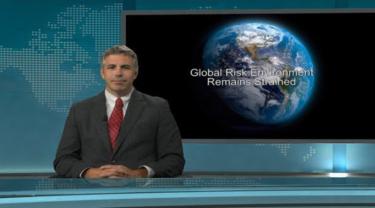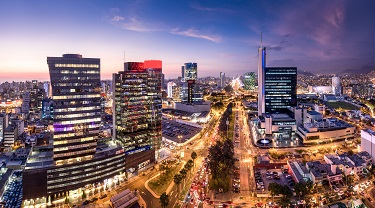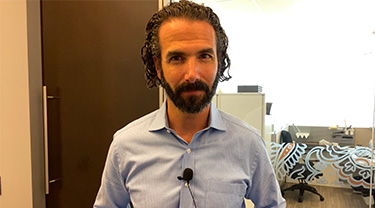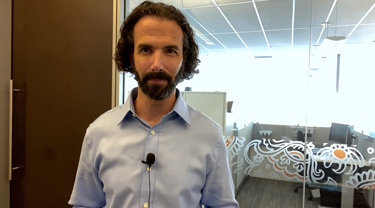There is no shortage of country risk developments around the world at the moment. Our most comprehensive analysis of such risks is found in our Top 10 political and economic risks piece. EDC has also carried out extensive analysis of Canada-US trade relations and the ongoing NAFTA renegotiations. In order to cover new territory, the focus here will be on developments away from the Western Hemisphere. Below are a few country risk issues that we will be monitoring in the coming months.
On the Korean Peninsula, as both the rhetoric and missile tests continue in the coming months, look for the international community to work to de-escalate tensions. While our baseline scenario is a continuation of the status quo, the probability of a limited conflict developing is rising. Any such conflict would have major implications for South Korea, Canada’s sixth largest export destination, and Japan, the world’s third largest economy. China, considered North Korea’s closest ally, also has a stake in the game, wanting to avoid any major volatility in the region.
Elsewhere in Asia, the Chinese Communist Party’s 19th Congress will take place in October, ushering in a transition in leadership positions at all levels of government. These congresses occur every five years and while they don’t garner much international attention, they are China’s most important political events. Although there is lots of intrigue into the rise and fall in power of particular individuals or factions, overall we expect policy continuity to be preserved following the Congress.
In Africa, the Kenyan Supreme Court’s decision to nullify the August election results was the first time in African history that an election result was overturned following an opposition party court challenge. The court decision is significant for several reasons. Firstly, this ruling sets a precedent as groups contesting electoral results might be more inclined to challenge results in the courts instead of resorting only to street protests. Secondly, the ruling is an indication of the growing independence of Kenya’s judiciary. Kenya is worth keeping an eye on as it will be logistically challenging for the country to hold fresh elections within 60 days, and tensions between the two main political parties have only intensified following the ruling; election-related violence still remains a possibility.
There have also been major developments in Africa’s two largest oil-producing countries. Angola experienced its first transfer of power in almost four decades as President Dos Santos stepped down. Given the ruling party’s dominant position, the election and transfer of power occurred without any significant volatility. Going forward, it will be interesting to watch how the new President puts his own mark on the presidency given the Dos Santos family’s continued influential position within the country.
In Nigeria, following a three-month absence for medical reasons, President Buhari returned home in August. The President was the underdog winner of the 2015 elections but to date his presidency has been challenged by low oil prices, his extended absences from the country and a lack of progress on structural economic reforms. It remains to be seen whether Buhari’s return will allow faster movement on economic policy changes. Two positive signs: the recession that Nigeria has experienced since 2015 came to an end in Q2 2017 and the availability of U.S. dollars is improving due to a loosening of the exchange regime.
In Europe, elections in Italy will be the latest to see EU membership as a key election issue. While municipal elections in mid-2017 have provided insight of voter intentions, the political landscape remains fluid. Should a coalition of anti-EU parties, including the Five Star Movement, succeed in uniting, the ruling Democratic Party could face a very serious challenge to its position. A victory by an anti-establishment coalition would raise questions around Italy’s future position within the EU.
The bottom line?
There are several events on the horizon that present country risks to Canadian exporters and investors. With events in North America dominating the news coverage, it’s important to keep an eye on developments further afield to remain aware of potential risks, and opportunities, stemming from country developments across the world.





